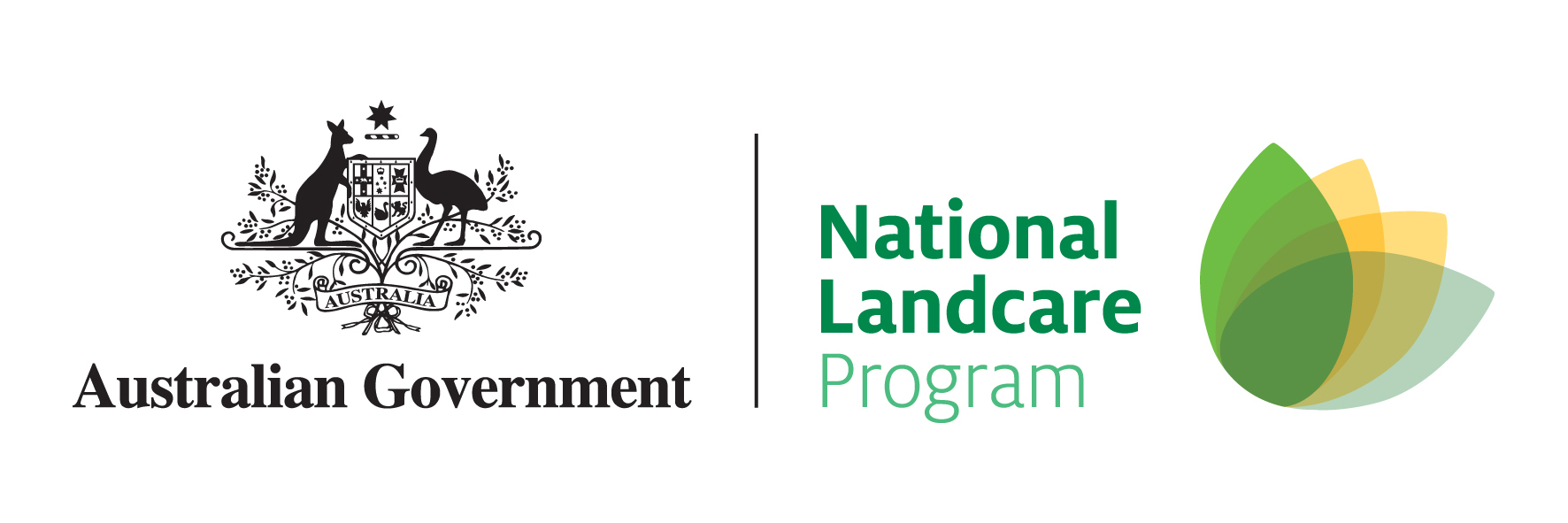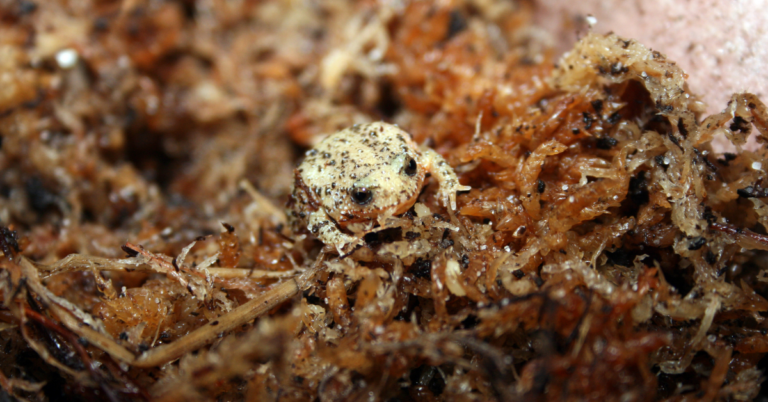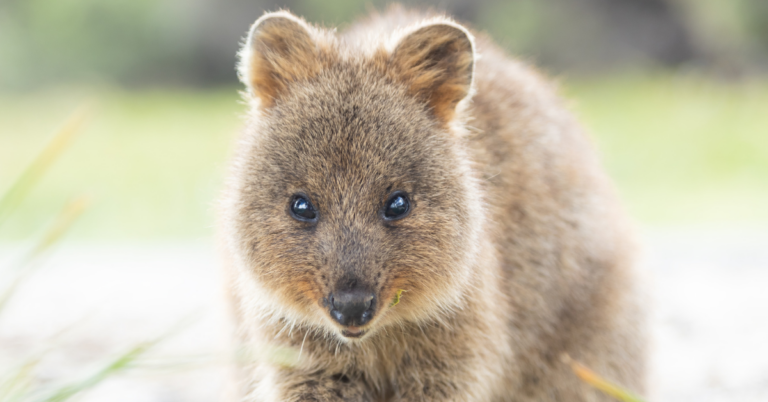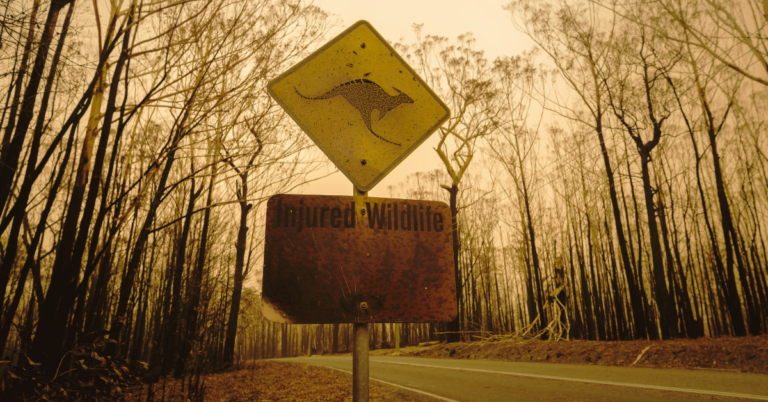Key outcomes
- Initial survey of pet owner behaviour yielded over 700 responses, allowing a high level of confidence in program design.
- Development of communication materials including video series with local pet owners and pet behaviourist, Dr Kate Kindsay, website and guides to keeping cats contained.
- Cat enclosure rebate program supported residents of the Greater Bunbury region to contain 44 cats, potentially saving over 50,000 native animals over a 10-year period.
- Pet owner market day with catio supplier displays, pet behaviouralist and fauna rehabilitation presentations attended by 250 pet owners.
- Over 350 members of the Responsible Pet Owners SW WA Facebook group.
- ‘No Place Like Home’ book by Meredith Spencer published and donated to local schools and libraries to educate children on the importance of protecting threatened native wildlife.
- Follow-up behaviour survey with 700+ pet owners to measure campaign effectiveness found that:
- The proportion reporting that they contain their cats increased from 56% to 74%
- The proportion reporting that they contain their dogs at night increased from 32% to 43%.
Pet cats and dogs bring many benefits to owners, instantly boosting our mood and providing an endless source of entertainment. Unfortunately, our pets can injure or kill endangered wildlife when allowed to roam or left in the yard at night.
The South West region, including Bunbury, Busselton and Dunsborough, is an important habitat for the critically endangered western ringtail possum. As pet owners in this region, we can help our pets and wildlife to coexist harmoniously in the urban environment.
South West NRM’s Responsible Pet Pawrent program is a behaviour-change campaign, based on the principles of community-based social marketing, helping owners keep their pets indoors to protect threatened native wildlife. The program was designed after extensive engagement with the local community through surveys, focus groups and events.
A rebate program, delivered in 2022, saw Bunbury region residents receive up to $200 off the cost of a DIY or professionally installed catio. As a result, 44 cats are now being kept safe and contained at home. Each pet cat can kill up to 110 native animals per year so, assuming a conservative lifespan of 10 years, the program will save over 50,000 native animals! South West NRM funded Geocatch to run a similar program for the Busselton region.
We are also donating copies of a new book called ‘No Place Like Home’ by Meredith Spencer to schools and libraries across the region, to educate children on the importance of protecting threatened native wildlife. The book, featuring beautiful illustrations by Christine Painter, follows the adventures of a group of threatened native animals who encounter a roaming neighbourhood cat. To request a copy for your school or library, contact us.
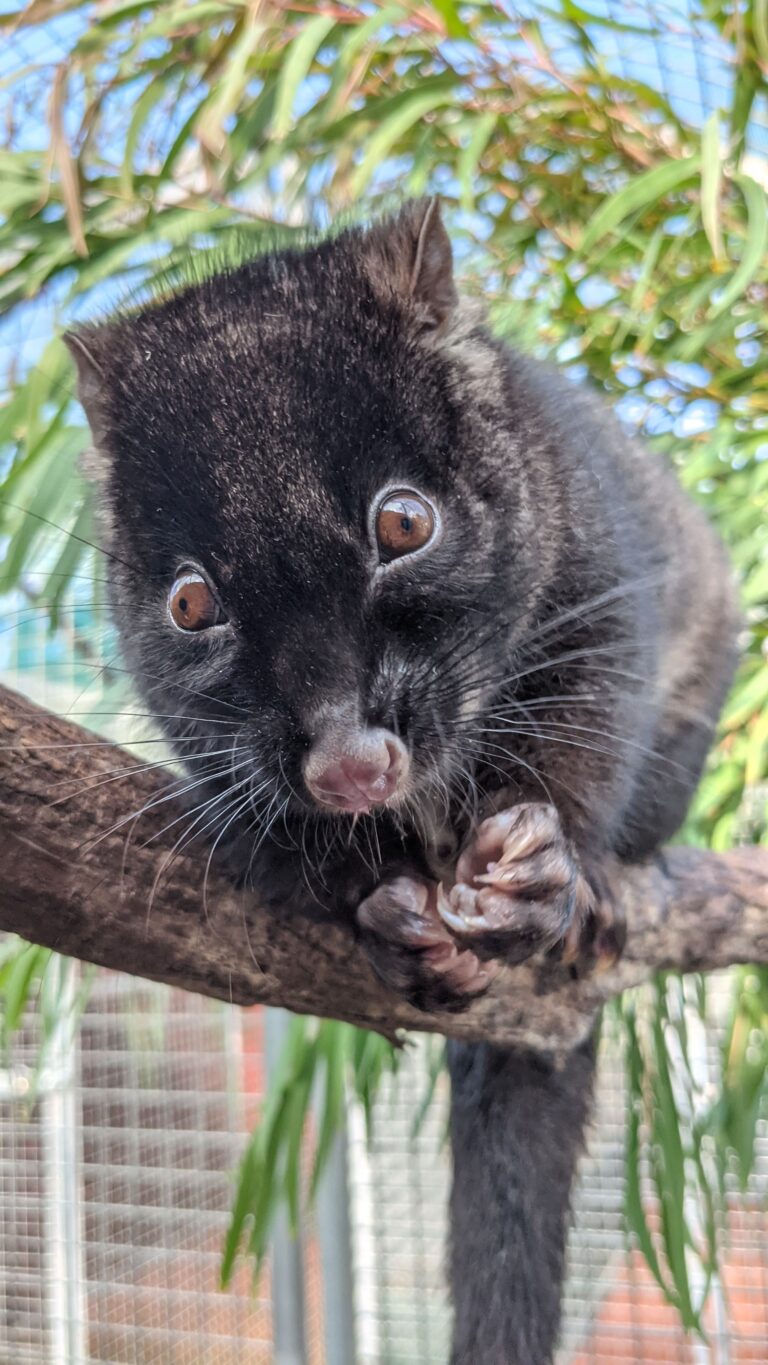
Keeping an indoor cat
The best way to ensure pet cat safety is to keep them within property boundaries by:
- Keeping them exclusively inside the house
- Providing access to an enclosure or ‘catio’
- Setting up your backyard with fence rollers so they can’t escape or
- Allowing them to explore on a harness and lead.
Containing your cat not only helps to increase your bond but also eliminates the most common injuries associated with free-access cats – fights with other cats and vehicle strikes.
You can hear from Dr Kate Lindsay, a pet behaviourist from Kalmpets explaining the benefits of indoor cat ownership at the video below:
A recent study by Legge et al suggested that curfews (like keeping cats inside at night) are unlikely to reduce overall predation rates. Instead, cats will catch and kill different animals – birds and lizards during the day and mammals like the possum at night. As responsible pet owners, keeping a cat contained to the property at all times ensures our local wildlife and our cats are both safe.
We’ve developed a Guide to Indoor Cats with Dr Kate Lindsey from Kalmpets to help you understand your cat’s behaviour and preferences and to set up your indoor environment for success, along with a range of options for containing your cat. Head to the Resources section below to download.
You can also join our Facebook group ‘Responsible Pet Owners SW WA’ to hear tips, information and hear from other responsible cat and dog owners. Click here to visit the group: Responsible Pet Owners SW WA.

